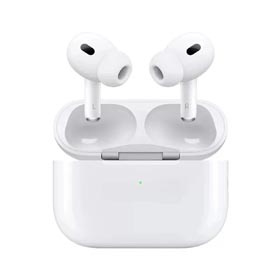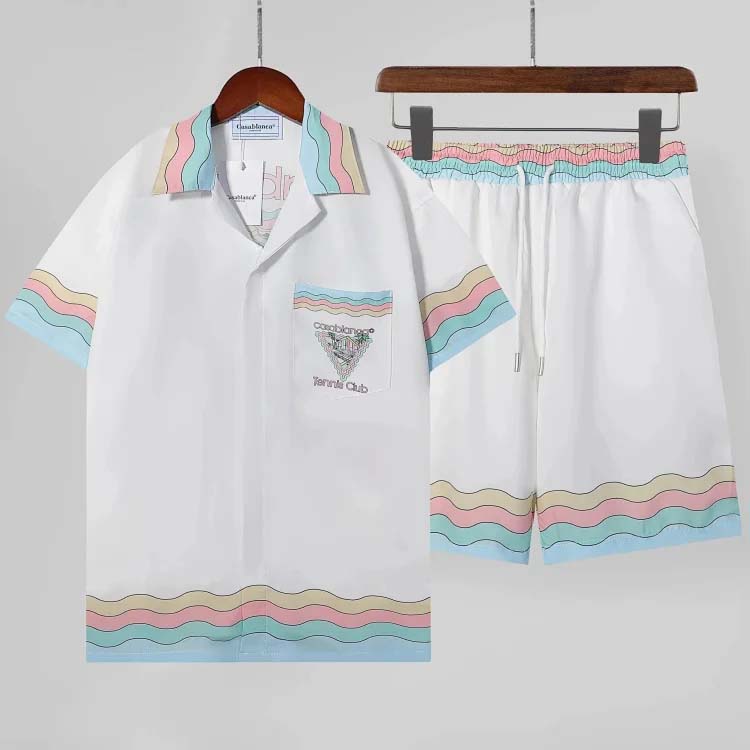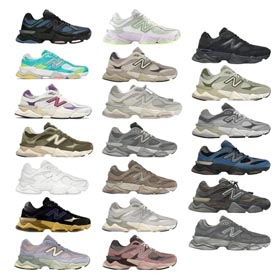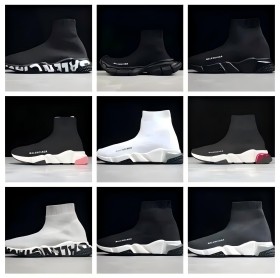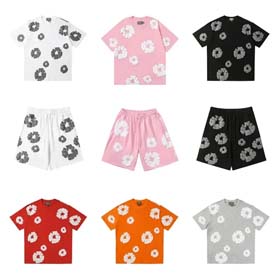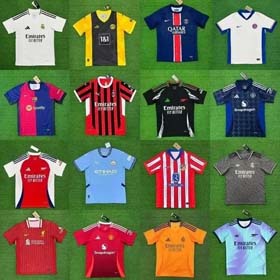Implementing Fendi Vault Coupons Smart Distribution
Cross-border e-commerce practitioners can leverage the Fendi Vault spreadsheet to automate the distribution of coupons based on customer behavior. By integrating browsing history, wishlist items, and historical purchase data from Fendi Vault, a customer behavior analysis model can be established to set coupon distribution triggers, achieving intelligent and precise distribution of coupons.First, gather customer data from Fendi Vault, including:Browsing history: Track which products customers view most frequently.Wishlist items: Identify products that customers have added to their wishlists.Historical purchase data: Analyze past purchases to understand customer preferences and buying patterns.Next, use this data to build a customer behavior analysis model within the spreadsheet. This model should:Analyze browsing patterns to predict future interests.Identify items frequently added to wishlists as potential targets for coupon incentives.Match historical purchases with current inventory to offer relevant discounts.Set up coupon distribution triggers based on the analysis model. For example:Automatically send a coupon for a product that a customer has viewed multiple times but not purchased.Offer a discount on items that are similar to those in a customer's wishlist.Provide a special offer on a customer's anniversary of their first purchase.By automating this process, you can ensure that coupons are distributed at the optimal time to encourage customer engagement and increase sales. The Fendi Vault spreadsheet can be a powerful tool in achieving this, making the process more efficient and targeted.For more information on Fendi Vault and how to integrate it with your e-commerce operations, visit Fendi Vault's official website.
